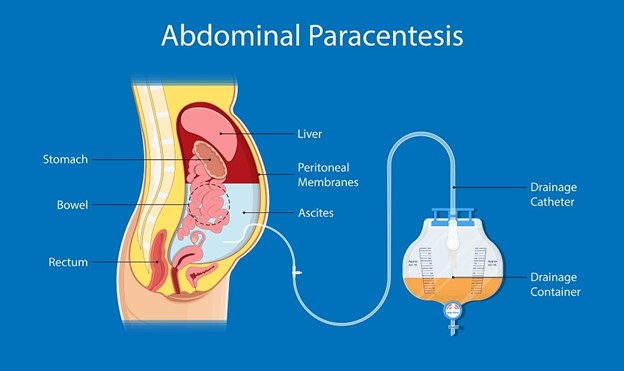A nurse is providing care to four clients in an acute care setting. The nurse should identify that which of the following client statements presents an ethical dilemma?
"I might file a lawsuit because of how my surgery went."
"Please don't tell my doctor, but I am taking my partner's oxycodone."
"Please don't get me out of bed this morning, It hurts too much."
"I don't want to take my medicine. It makes me sick to my stomach.”
The Correct Answer is B
The correct answer is choice B: "Please don't tell my doctor, but I am taking my partner's oxycodone."
Choice B rationale:
This statement presents an ethical dilemma as it reveals the client's engagement in potentially harmful and illegal behavior – taking a controlled substance prescribed for someone else. The nurse must balance the duty to respect the client's confidentiality with the responsibility to address potential harm to the client and others involved.
Choice A rationale:
"I might file a lawsuit because of how my surgery went" does not present an ethical dilemma, but rather a legal concern. While the nurse should listen to the client's complaints and provide appropriate support, this statement is more related to the client's dissatisfaction with their medical care.
Choice C rationale:
"Please don't get me out of bed this morning, It hurts too much" reflects a client's pain management request. While pain management is important, this statement doesn't raise an ethical dilemma on its own. It's within the scope of care to address pain and comfort concerns.
Choice D rationale:
"I don't want to take my medicine. It makes me sick to my stomach" highlights a client's concern about medication side effects. While addressing medication concerns is essential, this statement doesn't inherently pose an ethical dilemma.
Nursing Test Bank
Naxlex Comprehensive Predictor Exams
Related Questions
Correct Answer is C
Explanation
The correct answer is choice C: A physical therapist who is involved in the client's care.
Choice A rationale:
Disclosing health information to an insurance agency offering a life insurance policy typically requires the client's written permission due to the sensitive nature of the information being shared, including medical history and conditions.
Choice B rationale:
Revealing a client's diagnosis to a family member without written consent would violate the client's privacy rights. Health information is protected by privacy laws, and disclosure should only occur with the client's explicit permission.
Choice C rationale:
This is the correct entity to whom health information can be disclosed without the client's written permission. Health professionals who are actively involved in the client's care, such as a physical therapist, are considered part of the healthcare team and may need access to relevant health information for proper treatment.
Choice D rationale:
Disclosing health information to an employer completing a pre-employment screening generally requires the client's consent, as pre-employment screenings often involve sharing medical information that could impact the employment decision.
Correct Answer is B
Explanation
The correct answer is choice B: Performance of a paracentesis.
Choice A rationale:
Administration of an enema does not require informed consent in the same way that invasive procedures do. Enemas are typically considered routine nursing interventions and are not as invasive as the other options.
Choice B rationale:
This is the correct choice. A paracentesis is an invasive procedure that involves puncturing the abdominal cavity to withdraw fluid. Informed consent is required for procedures that carry potential risks, and paracentesis falls into this category due to the risk of complications such as infection, bleeding, or organ injury.

Choice C rationale:
Insertion of an indwelling urinary catheter is a common nursing procedure that, while invasive, does not typically require informed consent. However, the nurse should still explain the procedure to the client and obtain verbal consent, but it's not the same level of formal informed consent required for more invasive procedures.
Choice D rationale:
Placement of an NG tube, although uncomfortable, is not as invasive as a paracentesis. In most cases, NG tube placement is considered a medical or nursing intervention rather than a procedure that necessitates formal informed consent.
Whether you are a student looking to ace your exams or a practicing nurse seeking to enhance your expertise , our nursing education contents will empower you with the confidence and competence to make a difference in the lives of patients and become a respected leader in the healthcare field.
Visit Naxlex, invest in your future and unlock endless possibilities with our unparalleled nursing education contents today
Report Wrong Answer on the Current Question
Do you disagree with the answer? If yes, what is your expected answer? Explain.
Kindly be descriptive with the issue you are facing.
